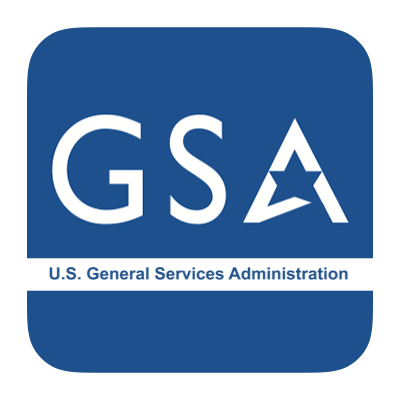The U.S. government is one of the highest buyers in the globe. It spends more than $4.1 trillion, with hundreds of billions spent on technology. As part of all this, the General Services Administration (GSA), a key agency in the U.S. federal government, is accountable for taking care of most of the federal system ‘s operations, along with many aspects of sourcing.
Increasingly, GSA leverages AI and machine learning to better automate, control and improve procurement functions. AI and ML offer core tools to automate procurement procedures, gain feedback on key indicators, and produce observations and predictions on procurement patterns.
The corporate sector is paving the way for modern and evolving technology. In terms of how the federal government interacts with each other, GSA’s Software Integration Services has built up an AI Research Group. The group seeks to bring together the federal workers who are involved in, or experienced in, AI regulation, technologies and services to promote the implementation of AI through the federal government. It is a forum where GSA organizes lectures and seminars that showcase research inside and outside the government, such as exchanging events, lessons learned, and best practices.
GSA are now setting up working committees that concentrate on different concerns relating to the application of AI. Much of that is the application of different tools in these regions. It is in the early stages of growth, but the aim is to put together a broader emphasis on individual concerns and comprehensive information, insights and other services that will help federal agencies tackle important problems, such as transparency, AI reporting and the ethical usage of AI. They are also searching for ways to collaborate internationally and put forward additional viewpoints that will allow the government to work about these problems.
The GSA using AI for government procurement:
GSA is looking into the usage of AI to support our success in minimizing the timeline for the evaluation of End-User Licensing Agreements (EULAs). Shortly, GSA would look at drawback in the acquisition process for grappling with low-level tasks relating to existing acquisition practices, or updating procedures related to new / updated regulations / statutes, etc.
Process Automation: more intelligent forms of automation make procurement easier:
In using new technology, procurement practitioners would be willing to invest more time focusing on strategic investments, developments, and management development rather than wasting time on routine tasks — GSA intend to use AI to simplify such processes wherever feasible.
The companies are in the early stages of the implementation of the AI. However, more information on the different sectors (healthcare, finance, agriculture and more) is available on the AI White House website for American Innovation.
The Federal government to learn from industry adoption and use of AI:
There are a variety of forms that the government can benefit from technology by implementing AI. In addition to the critical function of the AI COP, the government is engaged in conducting joint meetings about what they have seen, learning from experiences of the early adopters, study into current best practices, and recognizing the feasibility of new technology.
Challenges faced by the Federal government in regards to data privacy and data usage:
In regards to data privacy, the government has to abide by the statutory and regulatory requirements to avoid privacy breach. Also, the government must ensure that the GSA do not release any data that is considered contractor proprietary information. In regards to data usage, consumption may be misleading if data is stored and shared across organizations. Data security and structure within each organization should be crucial when incorporating artificial intelligence.
Need to train the workforce along with improving the technology:
We will see three important needs:
Training courses that are tailored to the government framework and use cases in the adoption of emerging technologies.
Considering the limitations of each of the organizations involved.
Understanding the rules and laws that could be questioned and/or clash with the implementations of the AI.
AI, together with other new technology, would further improve the quality and efficacy of organization operations as well as consumer service. Applying the best information management solutions focused on practical customer criteria will remove low-level activities and optimize the more nuanced efforts of the staff to meet certain department goals.

